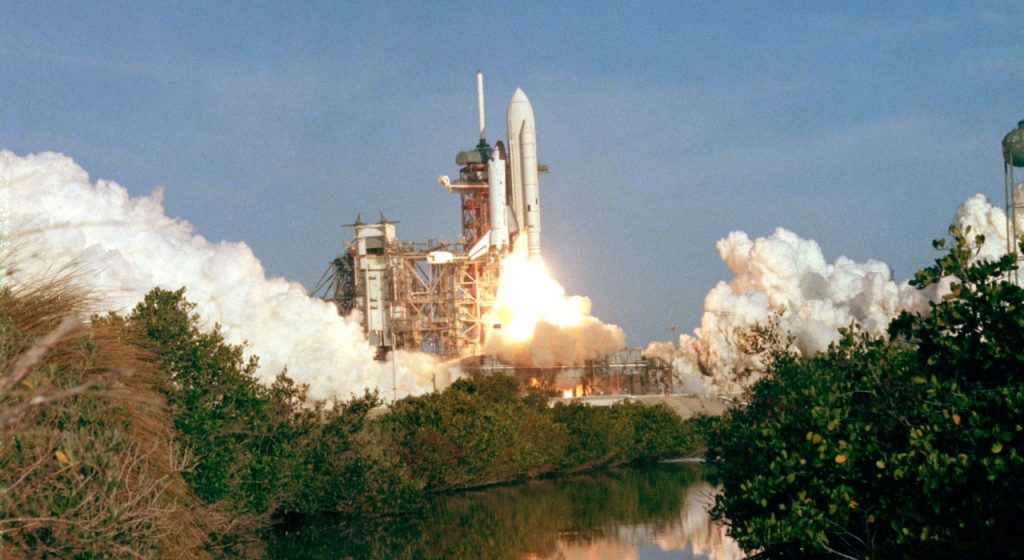What effect is the current pandemic having on the environment and society? Widespread declines in global economic activity are a well-known impact of the pandemic. Air quality shows reductions in nitrogen dioxide (NO2) levels. Farming activity dropped. Decreases in industry and tourism have affected water quality. How do we know this? The most powerful space agencies are tracking it via satellite.
COVID-19 Earth Observation Dashboard is a user-friendly tool that tracks changes in air and water quality, climate change, economic activity, and agriculture. It combines the power of Earth-observing satellites from NASA, the European Space Agency (ESA), and the Japan Aerospace Exploration Agency (JAXA).
“Together NASA, ESA, and JAXA represent a great human asset: advanced Earth-observing instruments in space that are used every day to benefit society and advance knowledge about our home planet,” said Thomas Zurbuchen, NASA associate administrator for science. “When we began to see from space how changing patterns of human activity caused by the pandemic were having a visible impact on the planet, we knew that if we combined resources, we could bring a powerful new analytical tool to bear on this fast-moving crisis.”
The dashboard tracks and displays:
- 32 Economic Indicators
- 33 Agriculture Indicators
- 48 Environment Indicators
Air quality changes around the world were among the first noticeable impacts of pandemic-related stay-at-home orders and reductions in industrial activity. Using data from a NASA satellite, the dashboard shows data on global-scale for long-term changes in CO2. Meanwhile, a JAXA satellite drills down to a more specific level, tracking changes in key urban areas such as New York, San Francisco, Tokyo, and Delhi.
Water quality changes are also tracked by all three agencies’ satellites. Based on total suspended matter and chlorophyll concentrations in select coastal areas, harbors, and semi-enclosed bays such as Long Island Sound, the North Adriatic Sea, and Tokyo Bay, the platform assesses the cause of changes in water quality, how widespread they may be, and how long they last.
The dashboard is still accumulating data related to agricultural productivity, but it has already noted shifts. For example, the cultivated area of white asparagus in Brandenburg, Germany, has been 20 to 30 percent lower this year, compared to 2019.
The tri-agency data resource can even indicate how the pandemic has affected specific sectors of the economy by using observations from space over time of shipping activity in ports, cars parked at shopping centers, and nighttime lights in urban areas.
Understanding the extent of any such changes would be important in maintaining global and local markets and food security as the world recovers from the pandemic.
Watch this video for more information and visit the Earth Observing Dashboard to view the COVID-19 impacts.
You can learn more in person at our newest exhibit Mission: Control the Spread, which explores how crisis sparks innovation and demonstrates how NASA is helping with the response to COVID-19.






